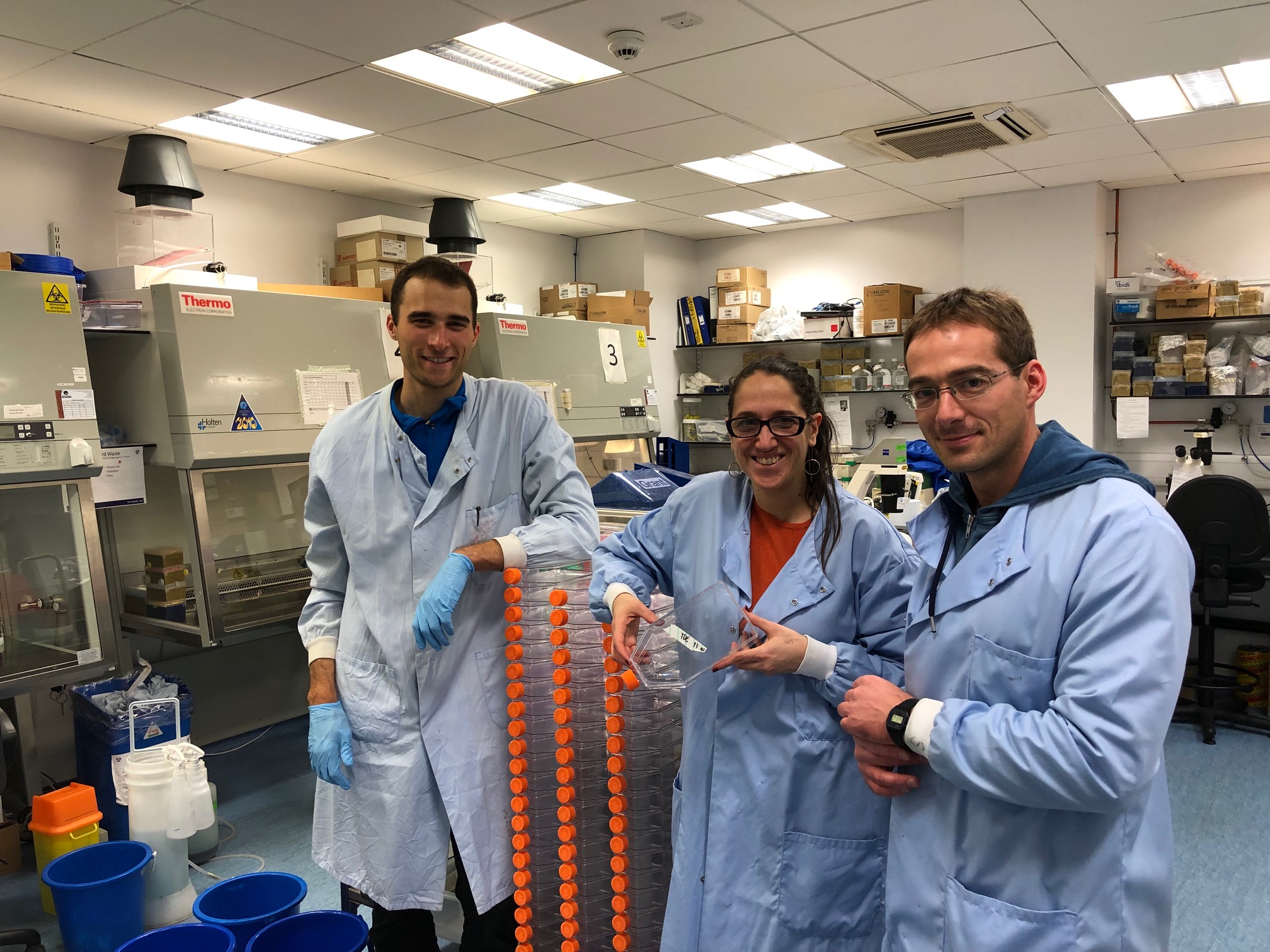IMPROVED treatments for killer diseases such as malaria could follow research carried out in Scotland.
Researchers worked out how the parasite that causes malaria is able to survive inside its host.
The study established how the parasite creates unique cellular structures to control how they generate the energy needed to survive.
The findings, by scientists at the Universities of Glasgow and Stockholm, explain how the parasites are able to infect different hosts.
But they could also be used to “inform drug discovery”.
The results, published in Nature Communications, also apply to a similar parasite which causes another potentially deadly disease, toxoplasmosis.

Both parasites organise themselves to exploit their host’s energy resources in order to infect and transmit to new hosts. Until now, scientists didn’t fully understand the detailed mechanisms behind this process.
The Toxoplasma parasite is carried by an estimate 33% of the global population in its dormant state.
In those with weakened immune systems this parasite can ‘wake up’ and cause complications such as stroke and brain damage.
Malaria, a mosquito-borne infectious disease, currently affects over 200 million people, and kills nearly half a million people – mostly children – every year.
Scientists studied a vital energy-producing machine within the parasite called ATPsynthase.
Researchers found that, in these parasites, the ATPsynthase machines were able to make complex and unique pentagonal pyramid structures, unlike anything produced by the same systems in their human host.
Dr Lilach Sheiner, one of the lead authors of the study from the University of Glasgow, said: “We have made major progress in understanding how the parasites which cause toxoplasmosis and malaria can adapt the way they make energy to the environment they experience in their host.
“This is critical for the parasite’s ability to disseminate in different tissues and to transmit between hosts.
“These findings have importance in terms of generating knowledge that can inform drug discovery. Our structure can now be used for ‘digitally’ screening for parasite-specific inhibitors – a promising strategy because it is so different to the human structure.”

